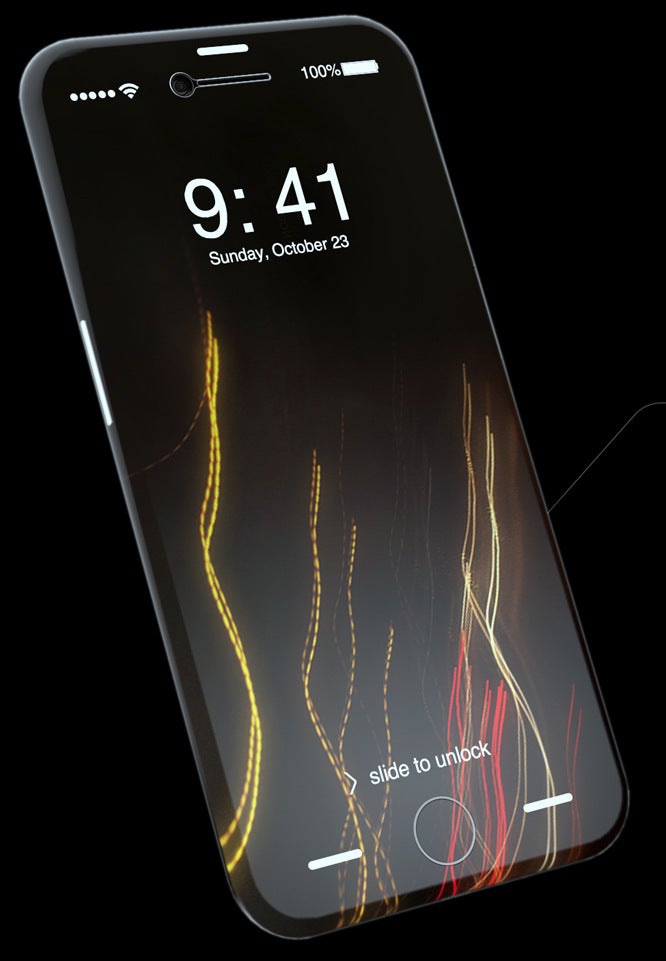Bloomberg: OLED-making machines can't be churned out fast enough to meet all demand for a curved iPhone 8

Cannon Tokki's OLED makers are elaborate machines that face a two-year order backlog

Such an OLED iPhone 8 won't be easy to produce in mass quantities (fan-made concept)
The thing is that these are highly specialized machines which are tailor-made for each customer's requirements like a luxury vehicle. Just one such OLED-making installation consists of 300 feet long vacuum tube fed glass or plastic substrates on which red, green and blue pixels are deposited via evaporation of organic compounds. The margin of error when applying those millions of tiny pixels there is smaller than the size of a human red-blood cell, and Canon Tokki has a patented technology to achieve such precision by camera tracking.
The moral of the story is that there might not be enough OLED screens of the stringent quality that would be required for the curved iPhone 8 model, which could create supply shortages next fall similar or worse than what we've been experiencing with the dual-camera iPhone 7 Plus this season, but hopefully the OLED yield issues would be resolved by then.
source: Bloomberg
Follow us on Google News












Things that are NOT allowed:
To help keep our community safe and free from spam, we apply temporary limits to newly created accounts: